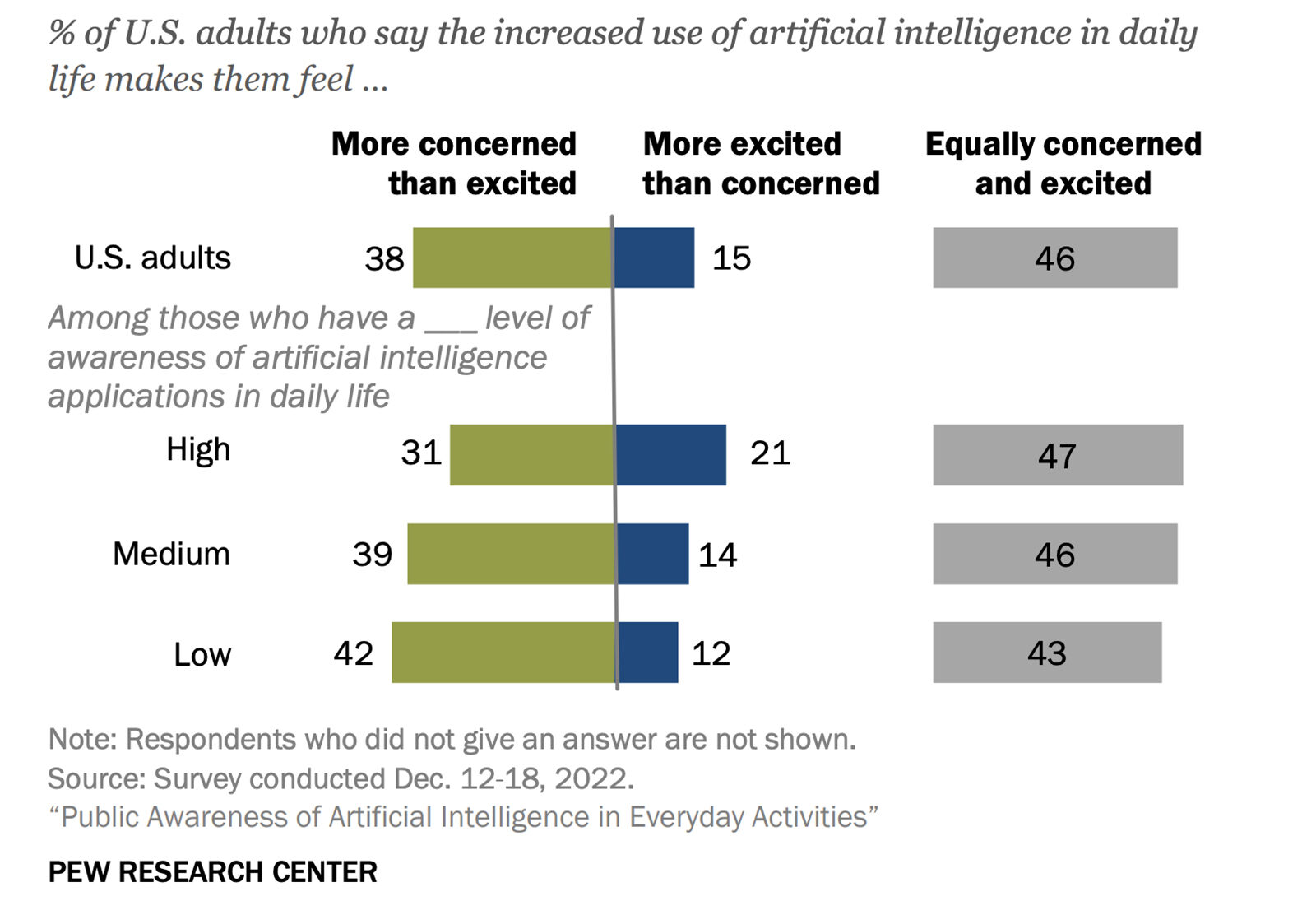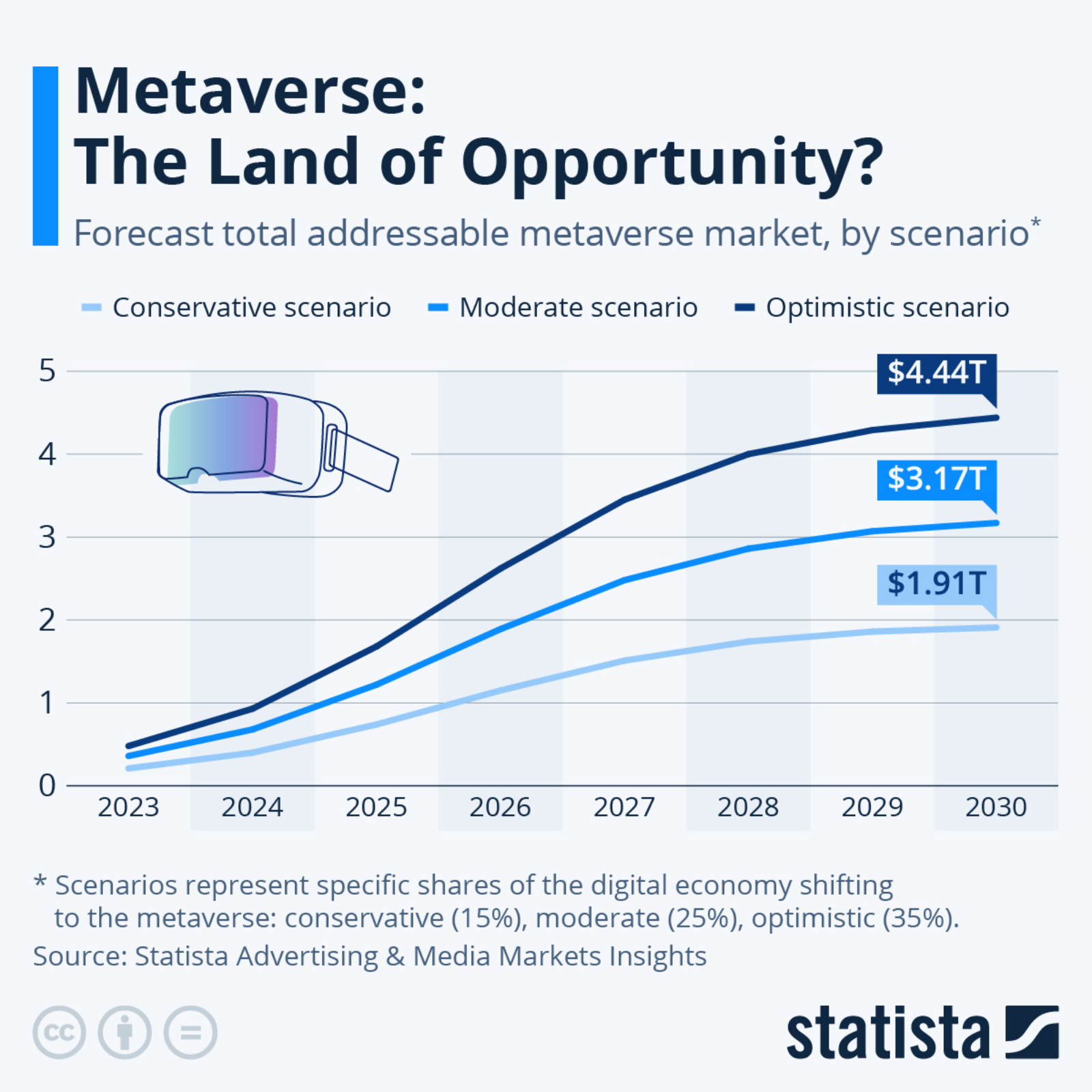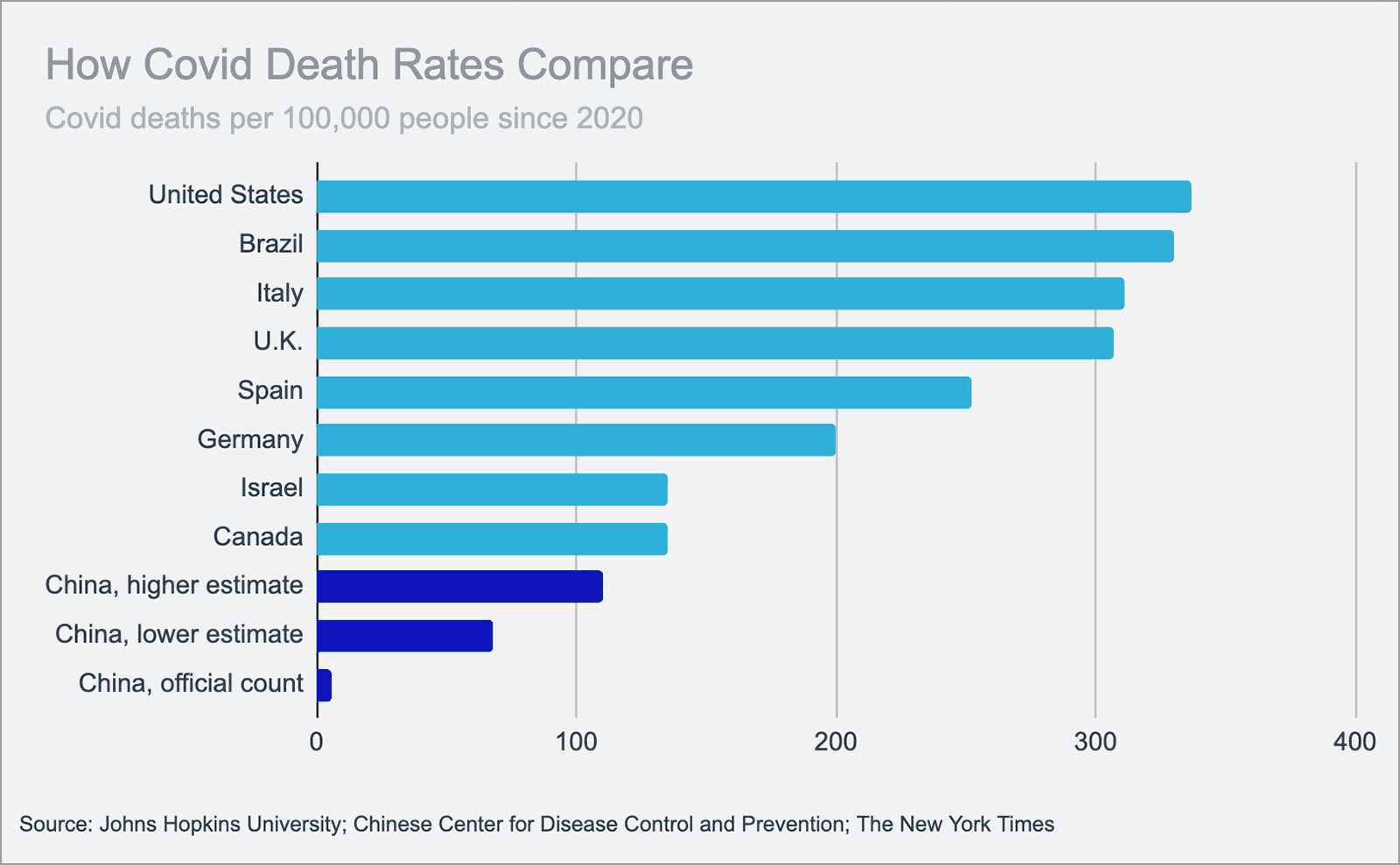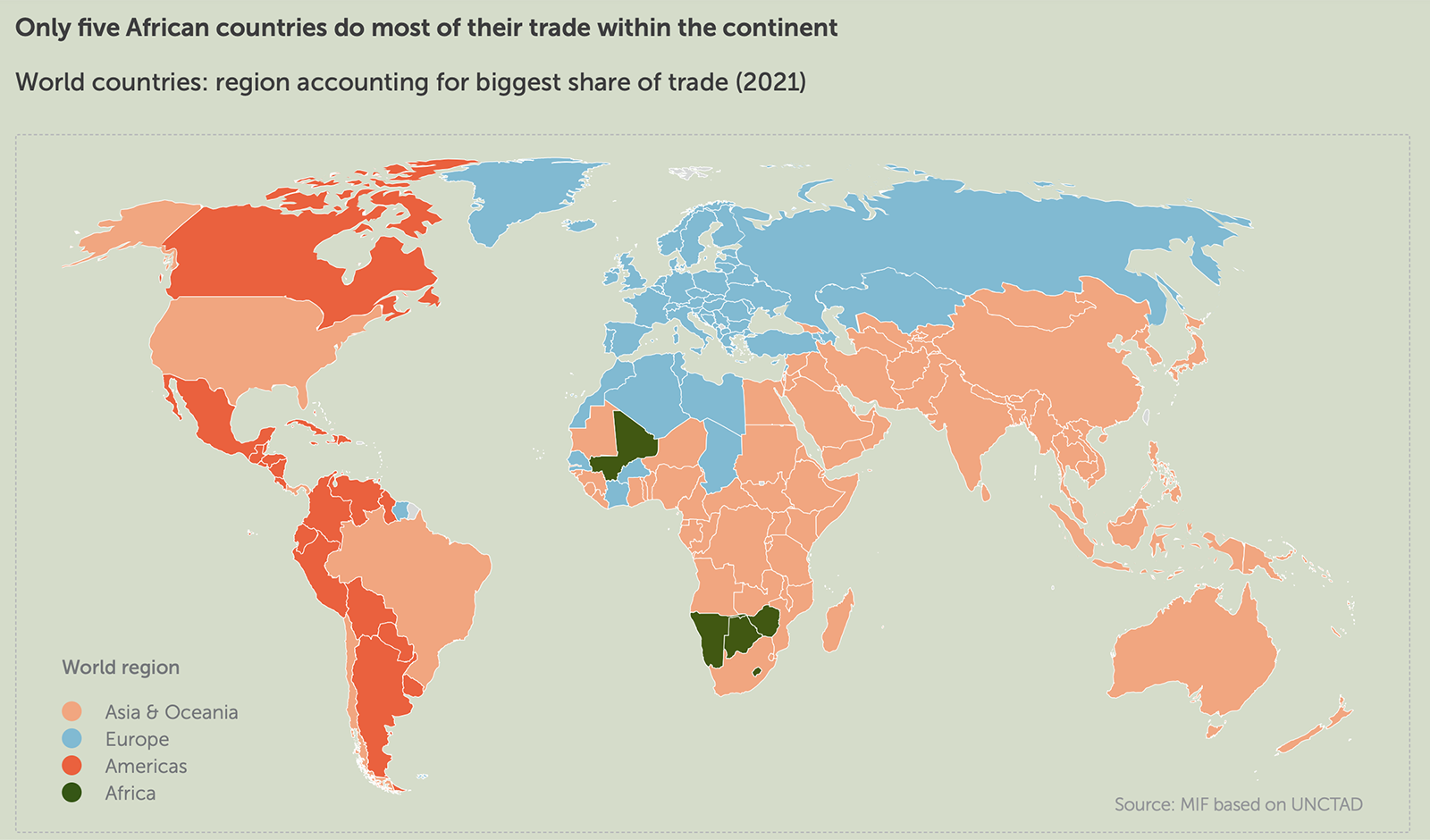Global Pilot Shortage Leaves Passengers Stranded
Airlines all over the world are facing a shortage of pilots and are struggling to meet demand as passengers return to air travel en masse. Large numbers of summer travelers have faced canceled and delayed flights as pilot, crew, and aircraft shortages cause strain on the aviation industry.
Experts warn that the staff shortages won’t end anytime soon—in the U.S., the Bureau of Labor Statistics projects about 14,500 openings for airline and commercial pilots each year over the next decade. Oliver Wyman estimates that there will be a global gap of 34,000 to 50,000 pilots by 2025.
The root causes of the pilot shortage stretch back before the pandemic. In the U.S., barriers include an aging workforce facing mandatory retirement, fewer pilots leaving the military, and the high cost of training. In China and other regions with growing air travel, airlines were struggling to expand capacity before COVID-19. During the pandemic, the staffing crisis was exacerbated by airlines firing pilots or offering them early retirement packages as demand plummeted.





